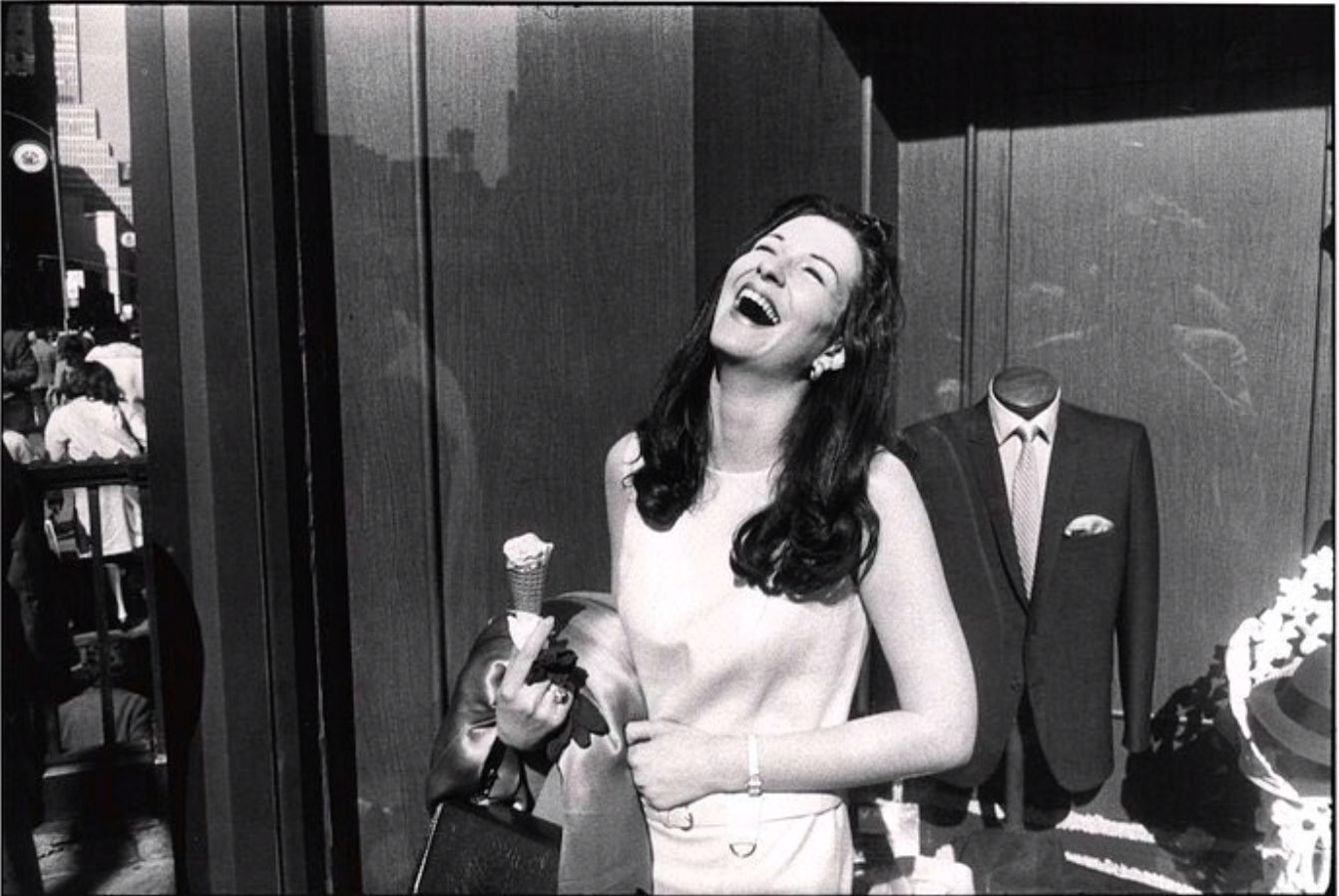Garry Winogrand - The First "Digital Photographer" Shooting Film
Today I would like to introduce this master photographer to the some readers who don’t know him already. I would like to introduce an American photographer who shot over 8 million photos on film during his life. He was said to be one of the greatest documentary photographers of his era and the central photographer of his generation.
Garry Winogrand was born in the United States in New York to a family of european immigrants. His mother made neckties and his father was a leather worker and designed leather bags. After his highschool graduation Garry entered the US Army Air Force and when he returned to New York in 1947 he started to study painting and photography. It’s interesting how many great photographers who I have talked about previously, for example, Cartier Bresson or Saul Leiter had this background in painting. Other than that he also attended photojournalism classes at The New School for Social Research in New York in 1951.
In the 50s and 60s He worked as a freelance advertising photographer and photojournalist but later on rejected magazines and move solely to the world of art. The First mention about his published work is from 1955 when he had two of his photographs at The Family of Man exhibition at the Museum of Modern art in NY, which was a big exhibition bringing together hundreds of images from all over the world.
In the form of a photo essay the exhibition celebrated universal aspects of the human experience. His first solo exhibition was held at the Image Gallery in New York in 1959. He was also awarded several Guggenheim Fellowships which are grants awarded to those who have demonstrated exceptional capacity for productive scholarship or exceptional creative ability in the arts. He was shooting mostly with his Leica M4 35, and later 28mm lens that allowed him to capture a big portion of the street. But he also sometimes had two cameras, one with the black and white and the other with the color film.
“Well what is a photograph? Its the illusion of a literal description of how a camera saw a piece of time and space.” - Garry Winogrand
Even though we can now say he was a street photojournalist and street photographer, Garry himself hated that label, his first book was actually called The Animals. As a divorced father, he often took his children to the zoo and Aquarium. Those photos often represent the connection between humans and animals. It is interesting to see that.
Even in environments like this there are always possibilities to create art while doing common activities like taking children to the zoo.
“The world isn't tidy; it's a mess. I don't try to make it neat.” - Garry Winogrand
His next book, Women are Beautiful, was not accepted so well, perhaps because it was published during the era of feminist revolution. The photos were labelled as vulgar, (vulgr) sexist, or taken in inappropriate positions and also as disconnected from the subjects, which some of them really are, especially nowadays. It is hard to imagine what backlash he would receive after publishing a book portraying women like that . But it seems a little hypocritical to me. Isn't it kind of the point of street photography to capture the street from unique perspective of the photographer? Now I mean within boundaries of art it seems the same tension would not be created if someone took pictures of dead bodies, destroyed things or dead people. And it’s also not like he photoshopped something in to create a scene like this, the scene was there and he only captured it. I mean it’s sometimes hard to use political correctness when judging art. Let me know in the comments what you think about it.
During the 70s he was teaching photography, first in New York, and later in Chicago. Later he traveled to the south and to the west of the United States photographing social issues of his time.
Unfortunately in 1984 Garry Winogrand was diagnosed with cancer and died very young at the age of 56. A Big part of his work was still unprocessed at that time, and just to give you an idea, he had over 100 thousand negatives and over 30 thousand 35mm colour slides left over. He was also said to be the first digital photographer shooting film. That can give you an idea of how many pictures and how often he shot.
I think as a photographer he portrayed the streets very realistically, sometimes maybe too realistically but I think his photos are not only great art but also an interesting look into history. I find his photos unstaged and imperfect and that is what I think street photos should be.

